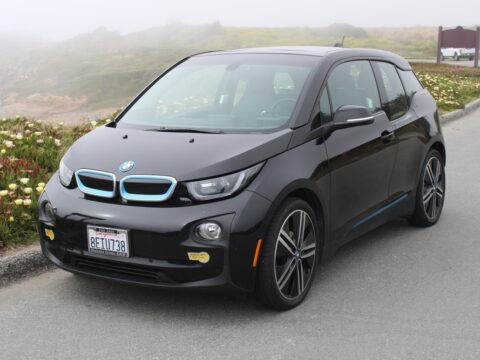Some cars generated a lot of hype only to disappoint with reliability issues. Models like the Fiat 500, Mini Cooper, and Range Rover Evoque were praised for their design and features but struggled with frequent mechanical problems, from transmission failures to electrical malfunctions. The Jeep Renegade and Alfa Romeo Giulia, despite initial excitement, also gained reputations for reliability concerns, affecting their long-term appeal. While these cars had strong marketing and early enthusiasm, their maintenance and repair issues left many owners frustrated.
Contents
Fiat 500 (2007-2020)

The Fiat 500 was marketed as a stylish, fun, and compact car for urban driving, capturing attention with its retro-inspired design. However, the car suffered from reliability issues, including problems with its electrical system, transmission, and engine. The 1.4-liter inline-four engine, producing around 101 horsepower, was often criticized for its poor durability. Despite its initial popularity and heavy marketing, owners reported frequent breakdowns, poor build quality, and high maintenance costs, making it one of the most unreliable cars in its segment.
Range Rover Evoque (2011-Present)
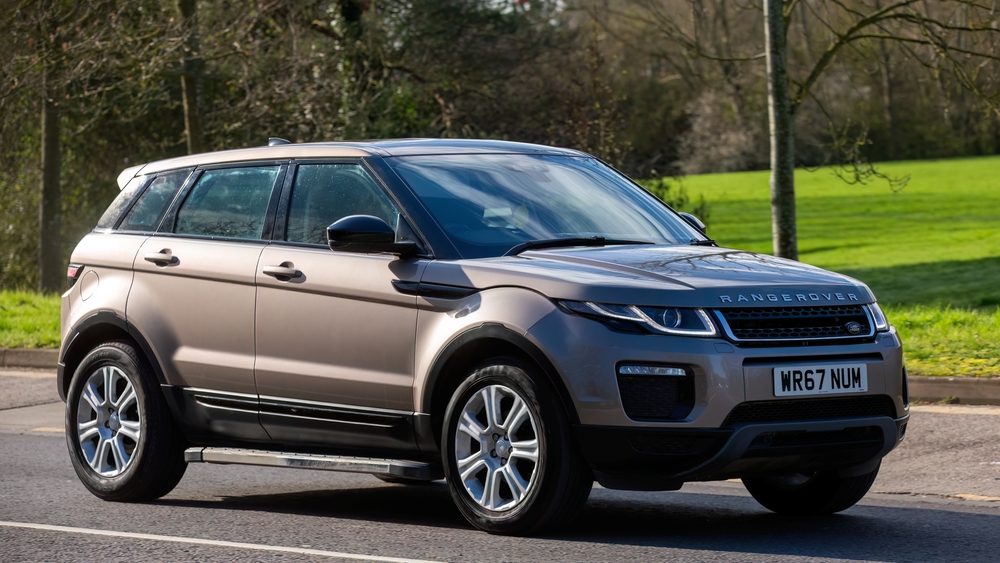
The Range Rover Evoque was heavily marketed as a luxury compact SUV with a sleek design and off-road capability. However, it quickly earned a reputation for being unreliable due to constant electrical system malfunctions, gearbox issues, and software glitches. Despite its high price and promises of performance, the Evoque’s 2.0-liter turbocharged engine (producing around 246 horsepower) was plagued with problems that required frequent trips to the dealership, making it one of the most overhyped yet unreliable SUVs in the luxury market.
Alfa Romeo Giulia (2016-Present)
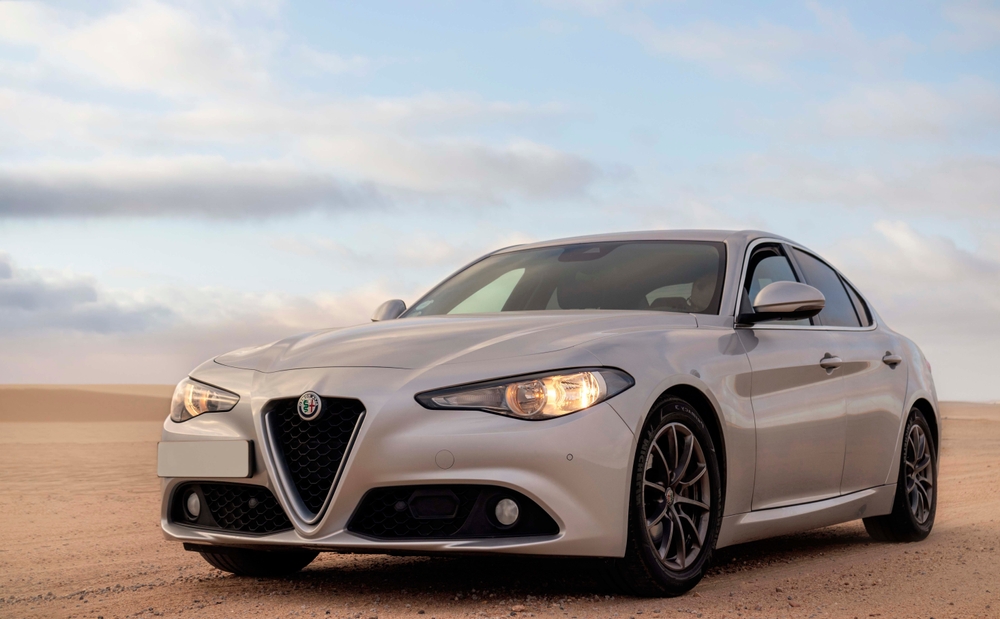
The Alfa Romeo Giulia was highly anticipated as a luxurious, high-performance sedan with Italian styling and engaging driving dynamics. While its 2.0-liter turbocharged inline-four engine, producing 280 horsepower, was powerful, the Giulia quickly developed a reputation for electrical faults, unreliable brakes, and issues with its infotainment system. Despite Alfa Romeo’s heavy marketing push, the Giulia’s persistent reliability problems disappointed many owners, leading to lower resale values and a tarnished reputation.
Jeep Cherokee (2014-Present)
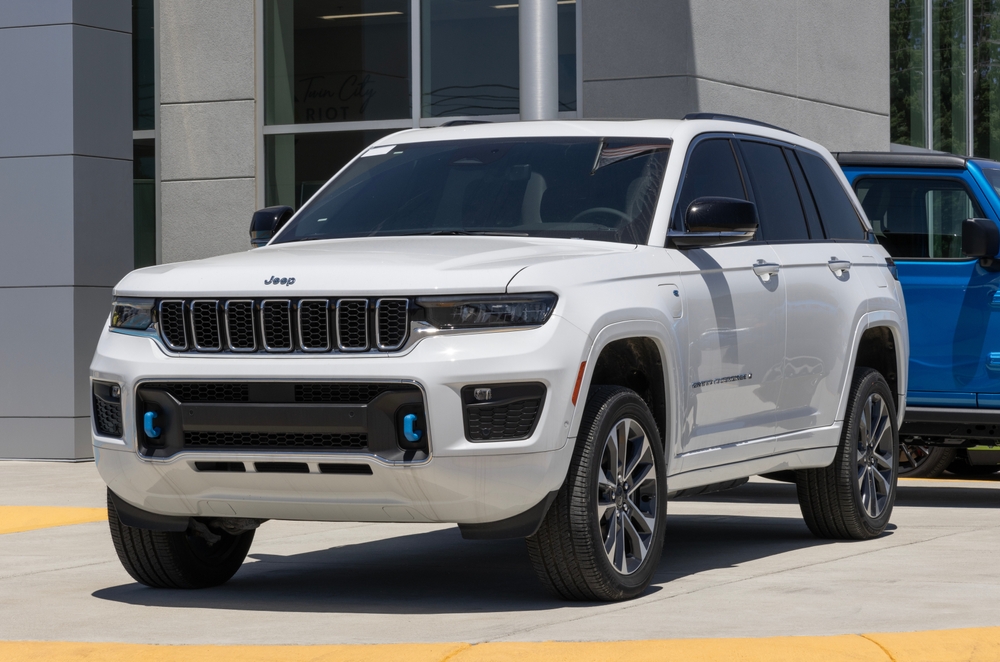
The Jeep Cherokee was reintroduced with much fanfare, promising rugged off-road capability and modern features. However, its 2.4-liter inline-four engine, which produced 180 horsepower, suffered from numerous transmission issues and engine malfunctions. The Cherokee’s 9-speed automatic transmission was particularly problematic, leading to rough shifting and stalling. While heavily marketed as a versatile SUV, its reliability concerns overshadowed its performance, frustrating many buyers.
Tesla Model X (2015-Present)
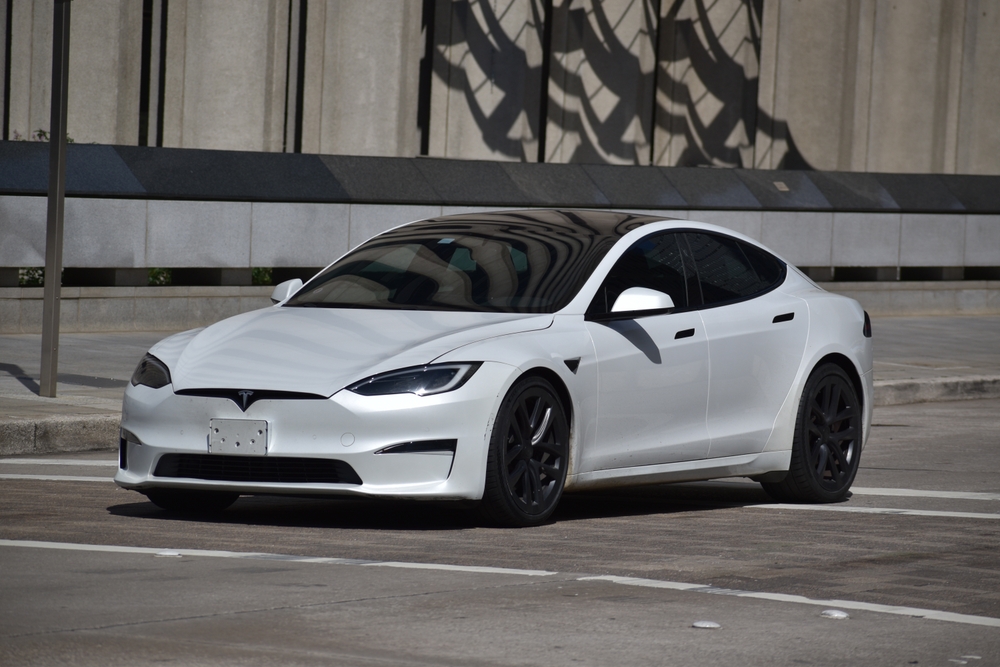
The Tesla Model X was hyped as a revolutionary electric SUV with futuristic features, such as falcon-wing doors and semi-autonomous driving capabilities. However, the Model X faced reliability issues, including problems with the falcon-wing doors, touchscreen malfunctions, and misaligned body panels. The electric powertrain, while impressive in theory, often led to long service times due to limited availability of replacement parts. Despite its high price and advanced tech, the Model X proved overhyped, falling short of reliability expectations.
Chevrolet Cruze (2008-2019)
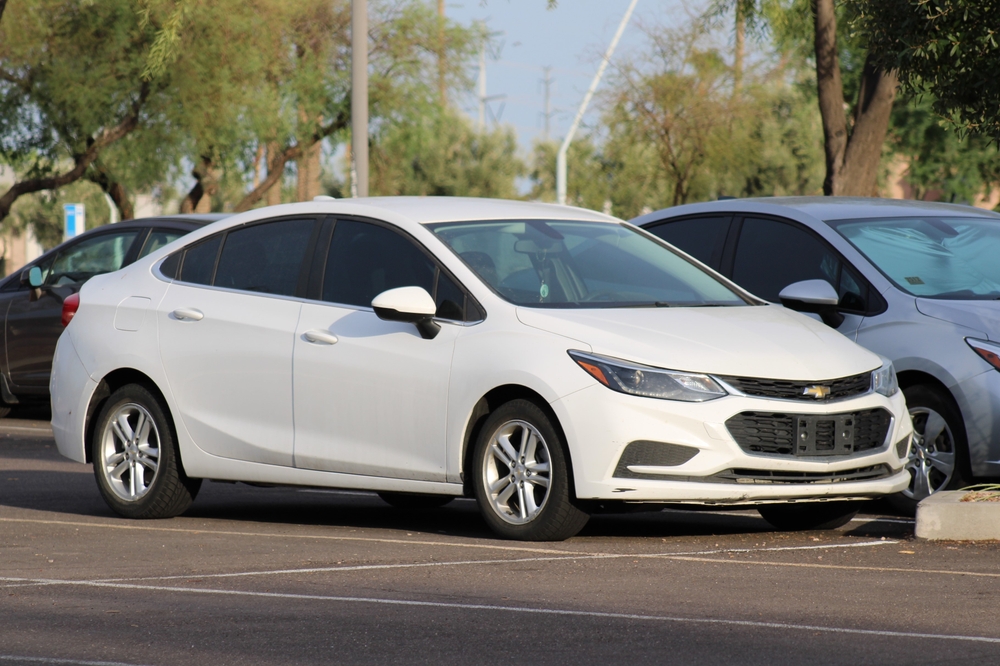
The Chevrolet Cruze was promoted as a fuel-efficient, affordable sedan with modern technology and a turbocharged 1.4-liter engine producing 153 horsepower. Unfortunately, the Cruze faced numerous issues, including faulty transmissions, turbocharger failures, and electrical problems. Over time, these issues led to costly repairs and recalls. Despite heavy marketing as a reliable and budget-friendly compact car, the Cruze’s long-term ownership costs and frequent breakdowns made it a poor choice for buyers looking for dependable transportation.
Land Rover Discovery Sport (2014-Present)
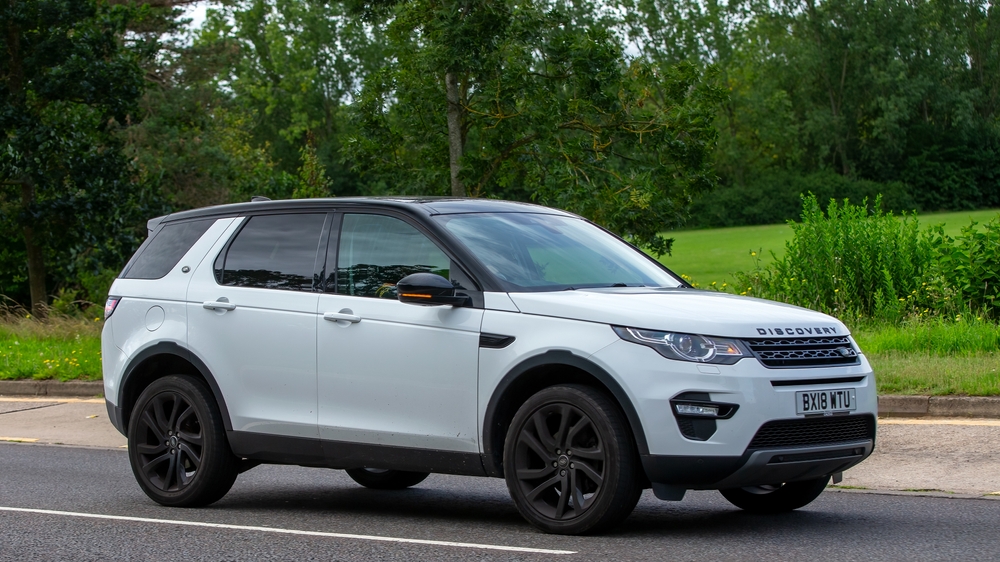
The Land Rover Discovery Sport was marketed as a premium, versatile SUV with off-road capabilities and a comfortable interior. However, the vehicle was plagued with problems, including engine failures, electrical system malfunctions, and poor build quality. The 2.0-liter turbocharged engine, producing 246 horsepower, often developed faults that led to expensive repairs. While overhyped for its luxury and performance, the Discovery Sport’s high repair costs and frequent mechanical failures made it one of the least reliable options in its class.
Ford Explorer (2011-2019)
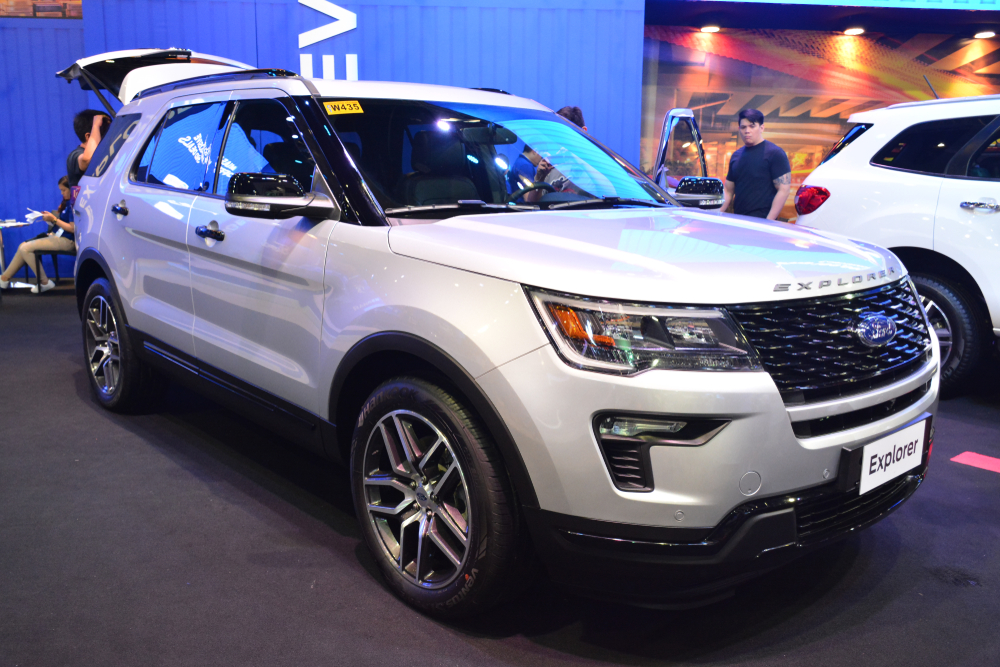
The Ford Explorer was reintroduced as a modern, family-friendly SUV with a powerful 3.5-liter V6 engine and a range of tech features. However, it quickly became known for transmission issues, including hard shifting and transmission failure. The Explorer’s infotainment system, known as MyFord Touch, was also notoriously unreliable, frustrating many owners. Despite being one of the most heavily marketed SUVs in the U.S., the Explorer’s constant mechanical problems and poor resale value made it a disappointment for many families.
Nissan Juke (2010-2017)
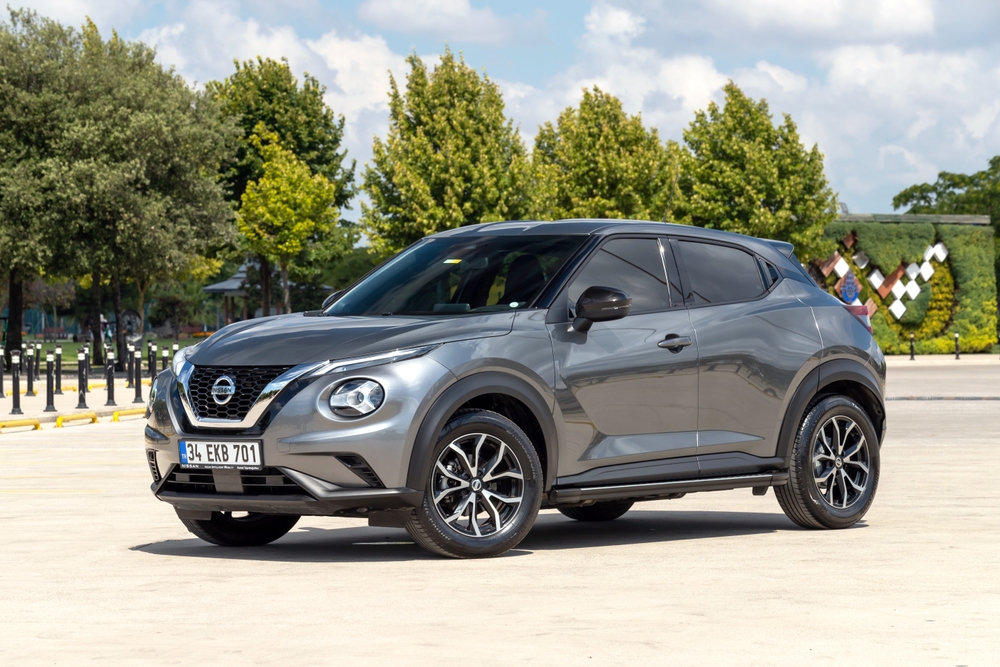
The Nissan Juke was marketed as a sporty, compact crossover with a unique design and turbocharged 1.6-liter engine producing 188 horsepower. However, the Juke’s small turbocharged engine suffered from reliability issues, including turbo failures and oil leaks. Additionally, its quirky design and cramped interior didn’t live up to its overhyped versatility. While fun to drive in theory, the Juke’s frequent breakdowns and high repair costs left many owners dissatisfied.
Dodge Dart (2013-2016)
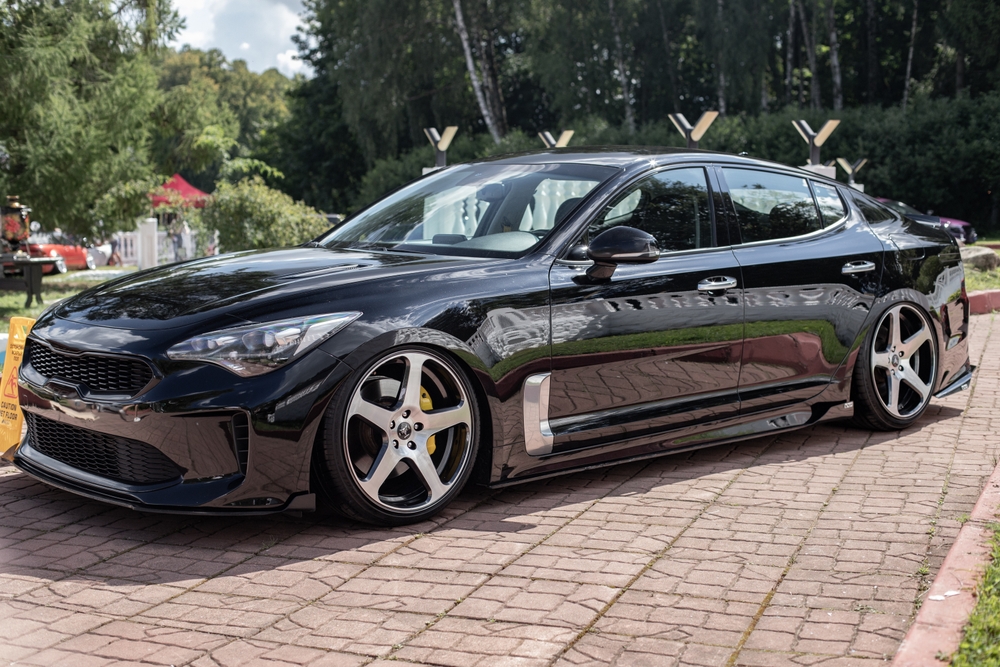
The Dodge Dart was launched with high expectations as a compact sedan that combined style, technology, and performance. Powered by a 2.4-liter engine with 184 horsepower, the Dart seemed promising, but it was plagued by transmission failures, engine stalling, and electrical issues. Despite Chrysler’s marketing push, the Dart struggled with recalls and consumer complaints, leading to its discontinuation after just a few years of production. Overhyped for its capabilities, the Dart fell short in terms of long-term reliability.
Jaguar XF (2007-Present)

The Jaguar XF was introduced as a stylish and luxurious sports sedan with a range of powerful engines, including a supercharged 3.0-liter V6 that produced 340 horsepower. However, the XF suffered from electrical gremlins, engine malfunctions, and poor build quality, resulting in frequent visits to the dealership. Despite being heavily marketed as a premium vehicle, the Jaguar XF’s high repair costs and unreliable electronics led to frustration for many owners.
Chrysler 200 (2015-2017)
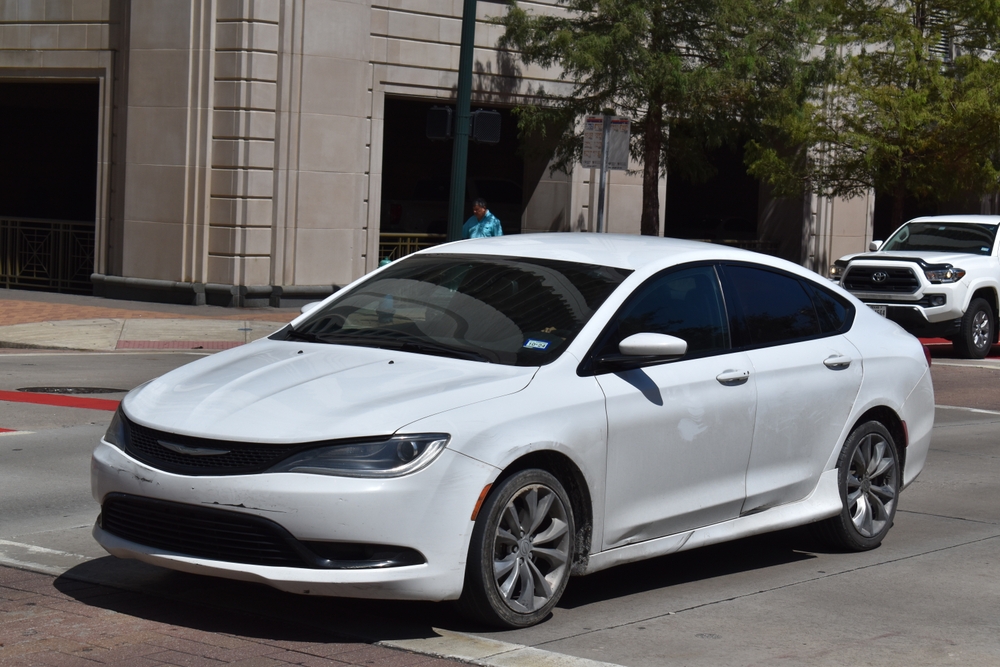
The Chrysler 200 was marketed as a stylish and refined midsize sedan that could compete with more established brands. However, it was notorious for its unreliable 9-speed automatic transmission, engine problems, and overall poor build quality. The 2.4-liter four-cylinder engine produced 184 horsepower, but its mechanical issues overshadowed its performance. Despite Chrysler’s efforts to hype the car as a game-changer, the 200’s frequent breakdowns and early discontinuation made it a clear example of an overhyped, unreliable vehicle.
Mini Cooper S (2011-2015)
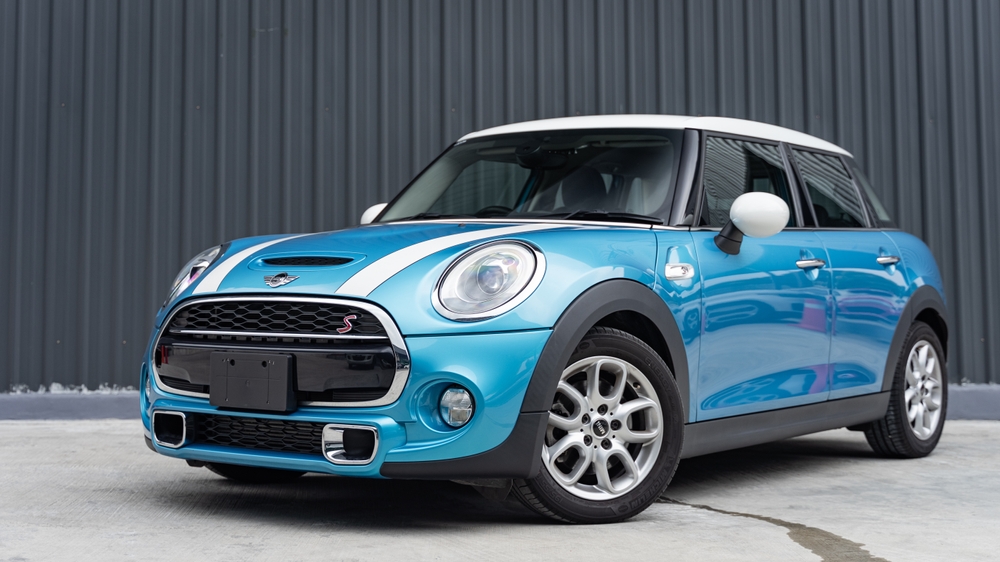
The Mini Cooper S was marketed as a fun and zippy small car, powered by a turbocharged 1.6-liter engine that produced 181 horsepower. However, owners frequently reported problems with engine reliability, particularly with the timing chain and turbocharger. The car also had electrical issues and a stiff ride, which detracted from the driving experience. While the Mini Cooper S was heavily hyped for its iconic design and performance, its maintenance costs and reliability issues proved frustrating for many.
Volkswagen Tiguan (2007-2018)
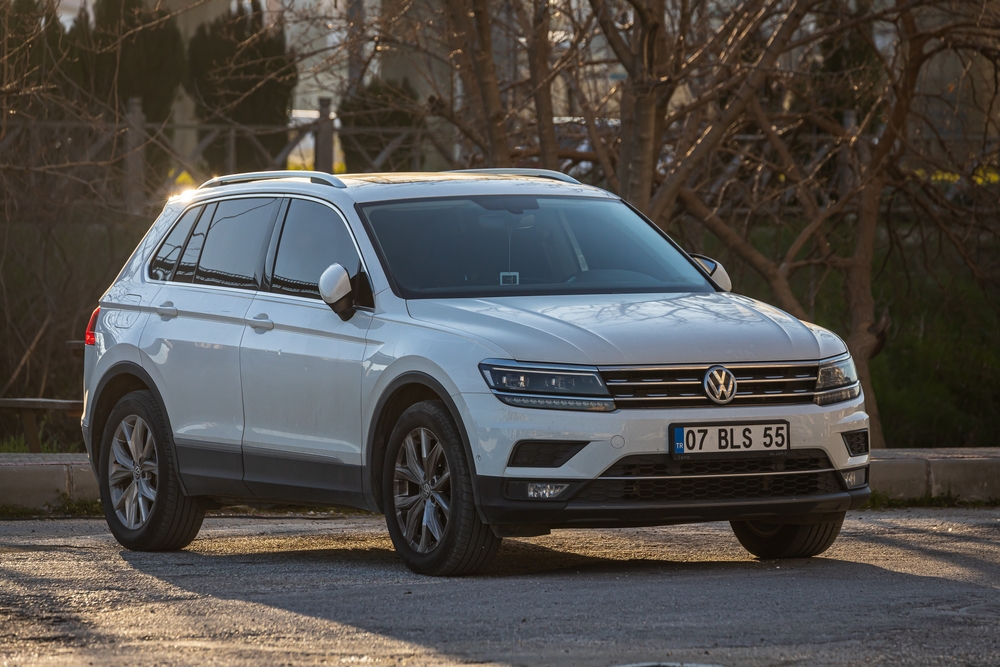
The Volkswagen Tiguan was introduced as a stylish compact SUV with European refinement and turbocharged performance. However, its 2.0-liter turbocharged engine was prone to reliability problems, including oil consumption issues, turbo failures, and transmission malfunctions. Despite its premium price and reputation for German engineering, the Tiguan’s frequent mechanical issues left many owners feeling it was overhyped and not worth the high maintenance costs.
BMW X5 (2007-2013)
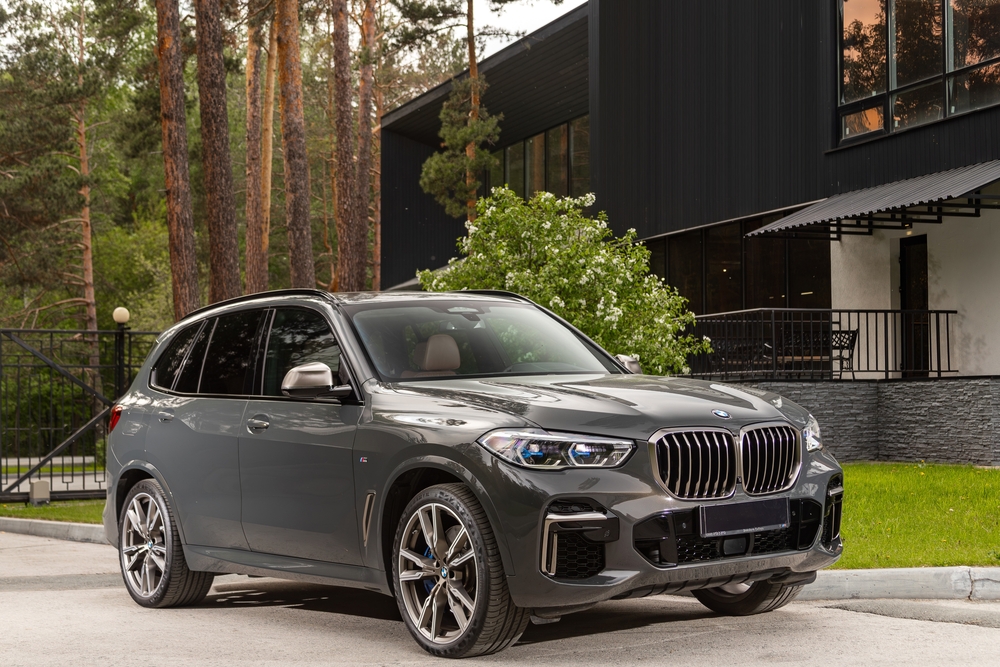
The BMW X5 was marketed as a luxury SUV with impressive performance, featuring engine options like a 3.0-liter turbocharged inline-six and a 4.4-liter V8. However, the X5 became known for reliability problems, including transmission issues, engine oil leaks, and malfunctioning electronics. Despite its luxurious interior and sporty handling, the X5’s high repair costs and frequent mechanical failures made it an unreliable choice for many buyers, especially when compared to more dependable competitors.
Mitsubishi Outlander (2007-2013)
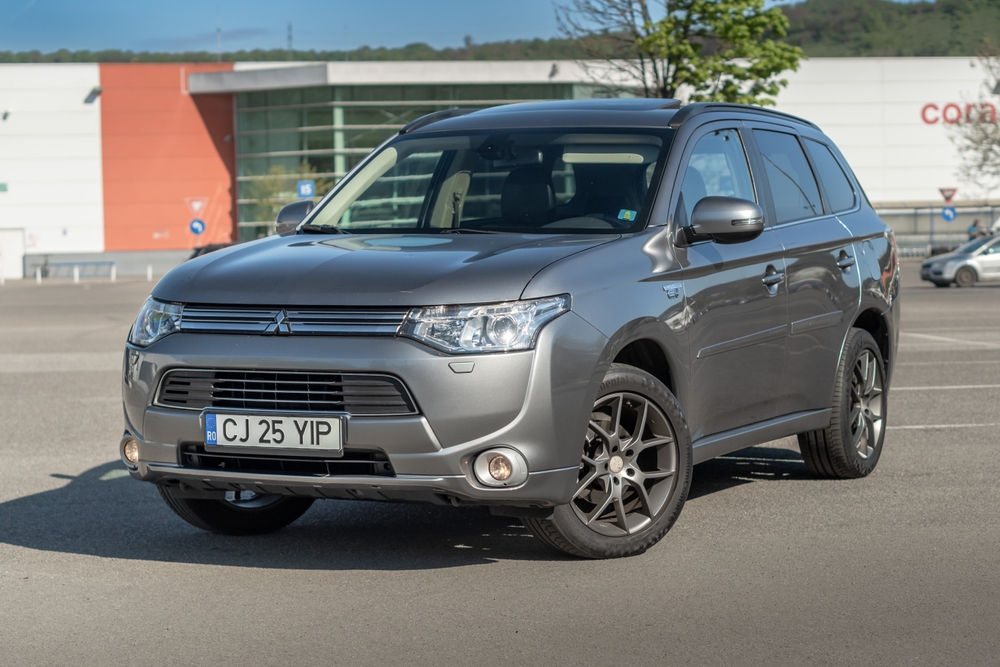
The Mitsubishi Outlander was marketed as a versatile family SUV with off-road capability and modern features. However, it suffered from numerous reliability issues, including engine failures, transmission problems, and faulty electronics. The 2.4-liter inline-four engine, producing around 166 horsepower, struggled with durability over time. Despite heavy marketing, the Outlander’s poor reliability ratings and frequent recalls made it a disappointment for many families.
Cadillac ATS (2013-2019)
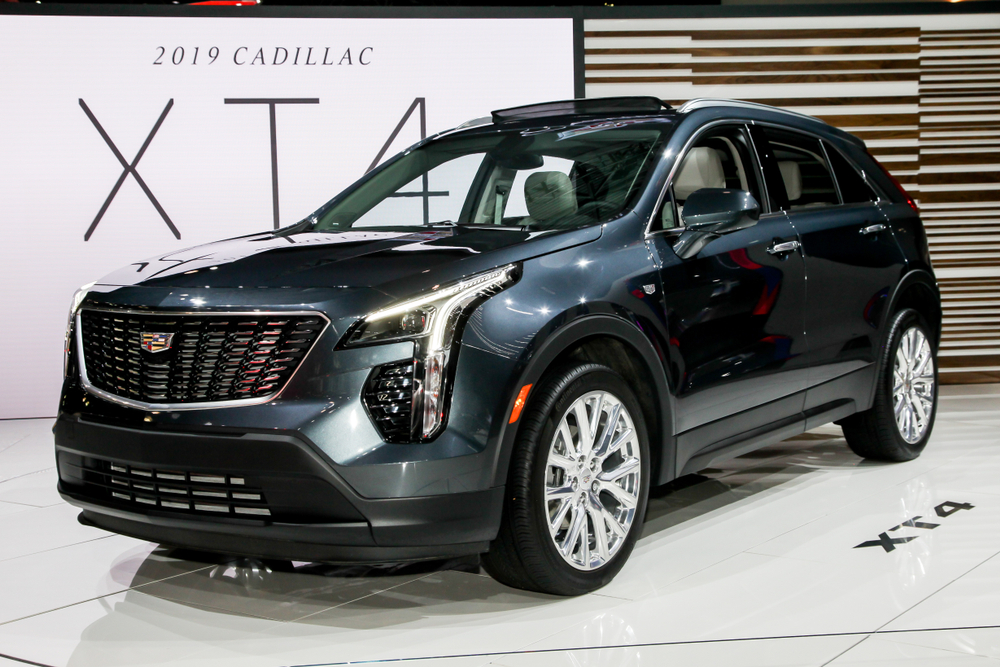
The Cadillac ATS was introduced as a compact luxury sedan to compete with European rivals, featuring a turbocharged 2.0-liter engine that produced 272 horsepower. However, the ATS was plagued by engine problems, faulty transmissions, and poor-quality interiors. Despite being heavily marketed as a premium offering, the ATS failed to meet reliability expectations, with frequent trips to the dealership and high repair costs tarnishing its image.
Fiat 124 Spider (2016-2020)
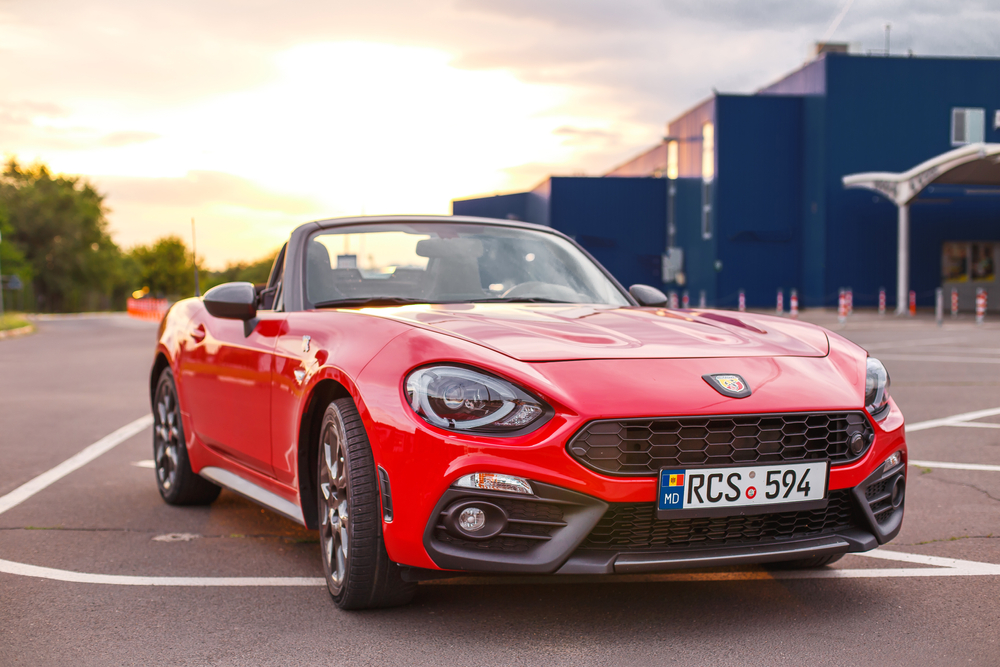
The Fiat 124 Spider was launched with much fanfare as a stylish Italian roadster, sharing its platform with the Mazda MX-5 Miata. However, the Fiat’s 1.4-liter turbocharged engine proved less reliable than its Mazda counterpart, with issues related to turbo failure, oil leaks, and electrical malfunctions. While the 124 Spider looked great and promised a fun driving experience, its frequent mechanical issues made it far less reliable than expected.
Maserati Ghibli (2013-Present)
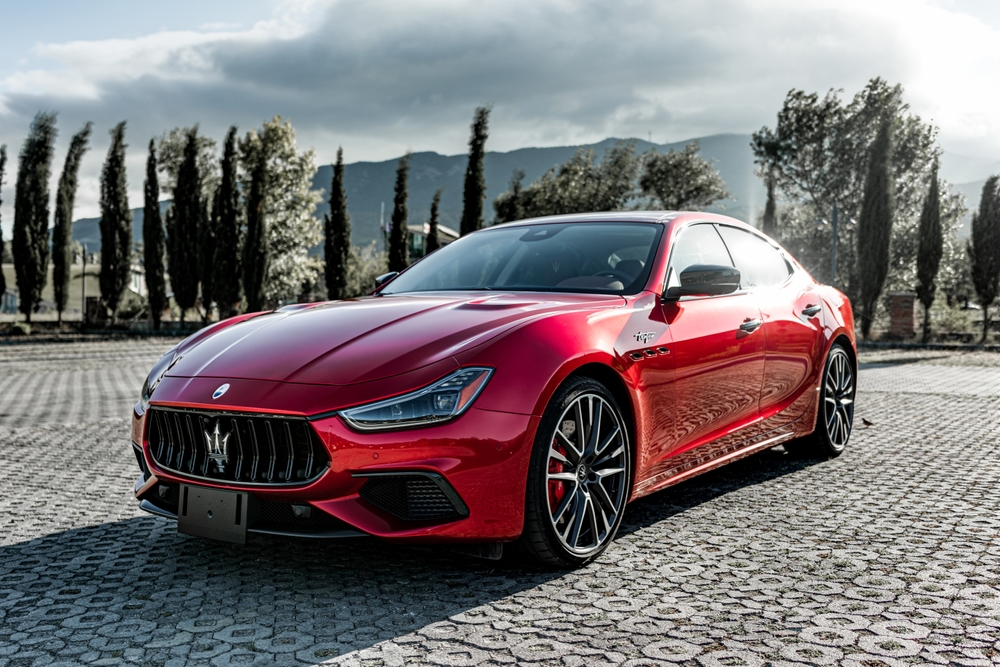
The Maserati Ghibli was marketed as an affordable Italian luxury sedan with a twin-turbocharged 3.0-liter V6 engine producing up to 424 horsepower. Despite its glamorous branding and performance promises, the Ghibli was plagued with reliability issues, including transmission problems, electrical faults, and poor interior build quality. Many owners reported high repair costs and frequent breakdowns, which tarnished its reputation as a luxury vehicle. Despite the allure of owning a Maserati, the Ghibli fell short of reliability expectations, making it an overhyped yet problematic purchase.
Hyundai Veloster (2011-2017)
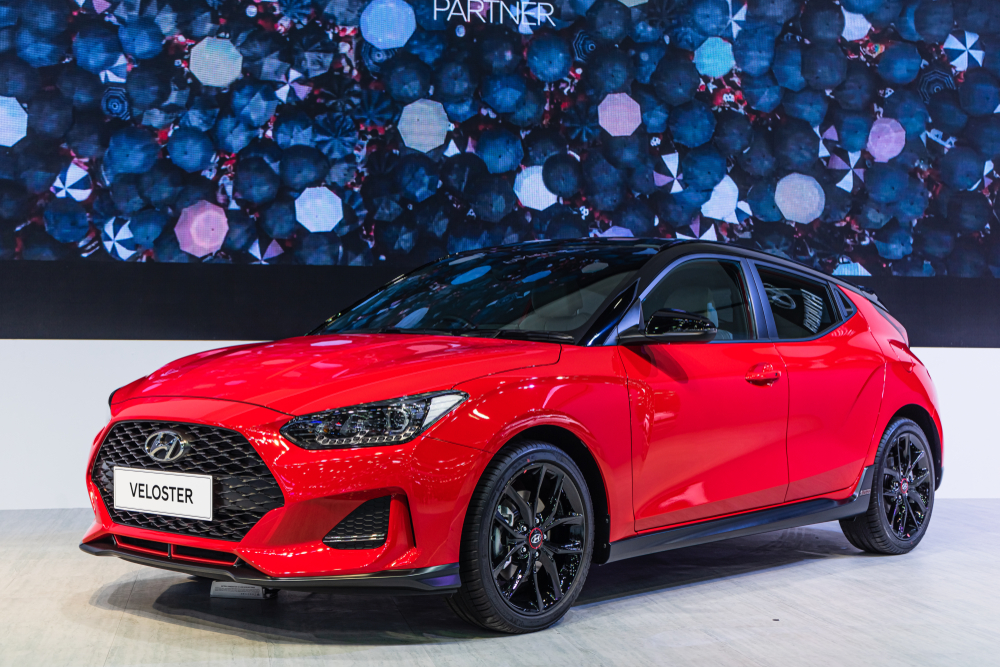
The Hyundai Veloster was marketed as a sporty, affordable compact car with a unique design and turbocharged 1.6-liter engine producing 201 horsepower. However, the Veloster quickly developed a reputation for transmission issues, electrical problems, and poor build quality. While its quirky design and fun driving dynamics appealed to many, the frequent mechanical issues and recalls left owners frustrated. Despite being heavily marketed as a fun and reliable sports hatchback, the Veloster’s frequent problems led to its eventual discontinuation, cementing its place as an overhyped vehicle.
This article originally appeared in MyCarMakesNoise.
More from MyCarMakesNoise
17 Essential Add-Ons to Maximize Your SUV’s Cargo Space

Whether you’re packing for an adventure or organizing your daily essentials, these accessories will ensure you have the space you need. Read More.
15 Government Rules Transforming Car Manufacturing
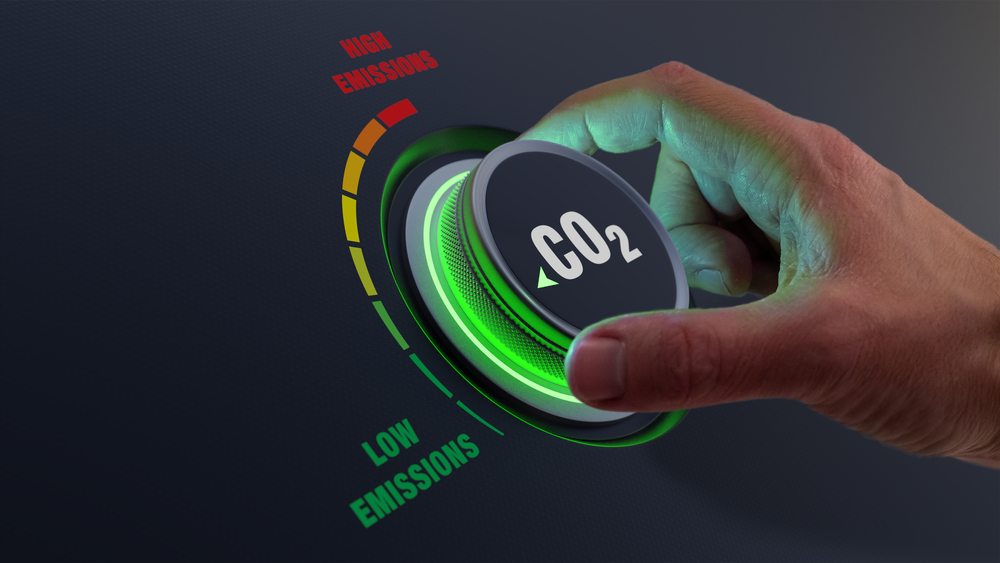
Government regulations are playing a crucial role in the evolution of car manufacturing, pushing the industry toward innovation and sustainability. These rules are not just guidelines but powerful drivers of change, shaping how cars are designed, produced, and brought to market. Read More.
15 Engine Oil Misconceptions Every Driver Should Ignore
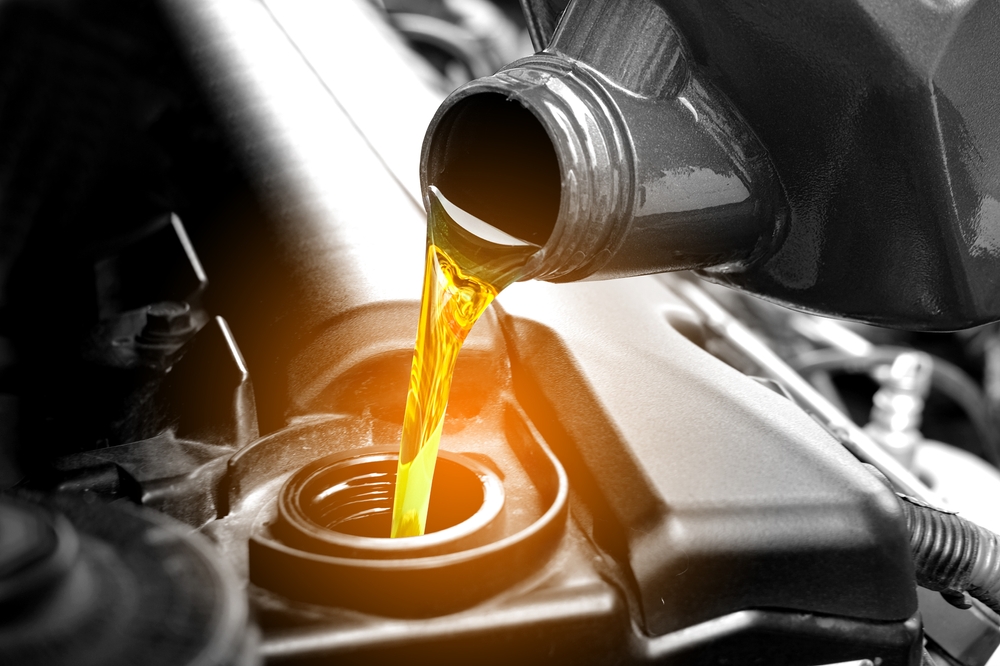
When it comes to taking care of your car, engine oil is one of the most talked-about topics. However, not everything you hear is true. In fact, there are plenty of misconceptions that can lead to costly mistakes. Read More.




